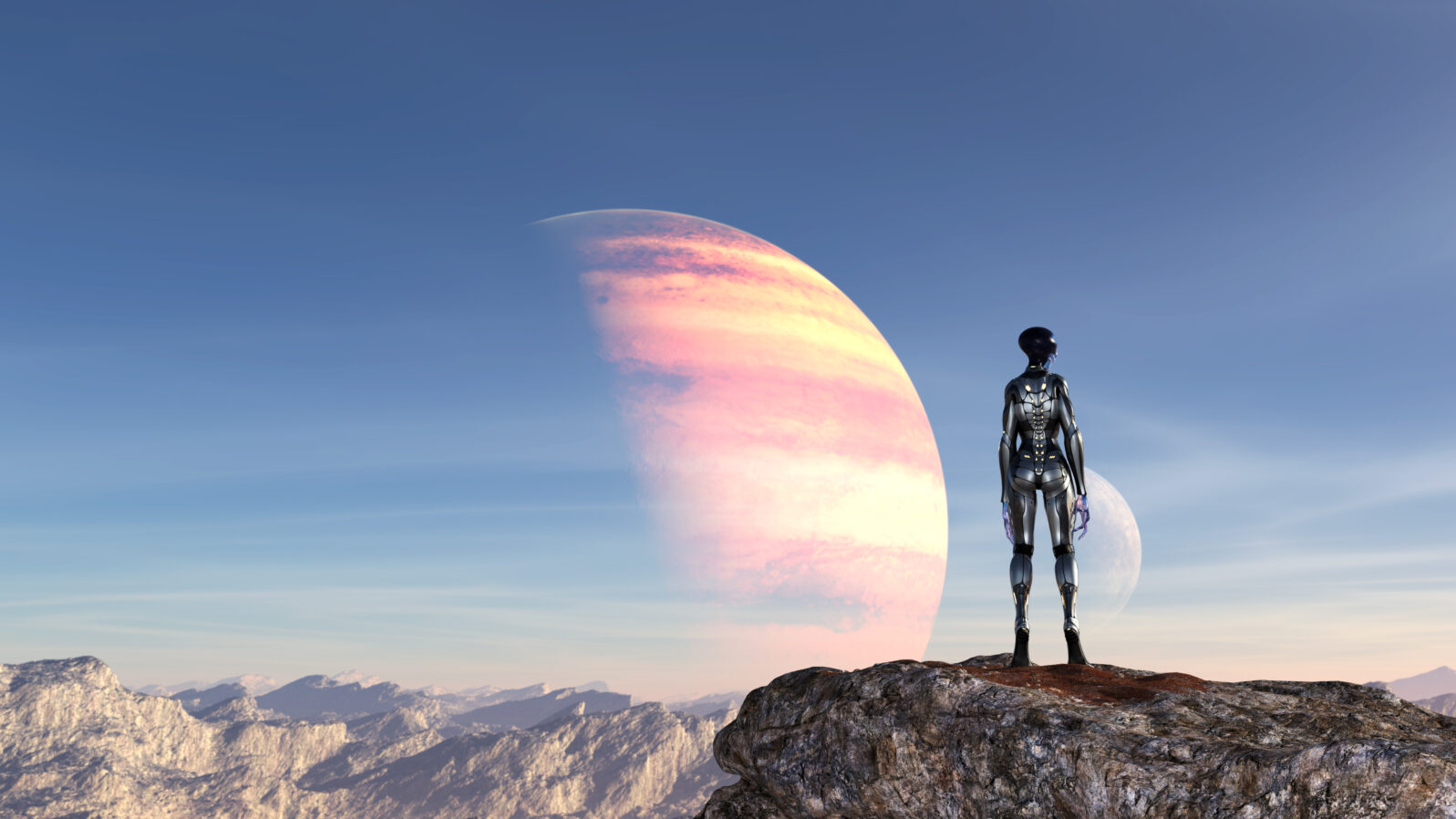Astronomer Bets a Cup of Coffee That We’ll Encounter ET by 2036
Seth Shostak points to the increase in the number of exoplanets identified and the increase in computing powerSeth Shostak, iconic astronomer who directs the Search for Extraterrestrial Intelligence (SETI), is so confident that the vast increase in computing power, based on Moore’s Law, will make the difference in detecting signals from alien civilizations that he will bet you a cup of Starbucks coffee that we make contact by 2036.

Moore’s Law (1965) originally held that computers would double in power every two years. But today’s pace is actually faster than that. And on the horizon is quantum computing and carbon computing, which would speed things up while reducing energy consumption. So Shostak (pictured) is looking at considerable reinforcements for a systematic search.
He stresses that the search for ET is now largely computerized:
“We don’t sit in front of the computers and look at the data. That would be kind of like watching millions of TV channels at the same time,” Shostak explained.
As computers become faster, SETI can actively monitor more channels simultaneously. A universe is a big place, and as processing power becomes faster, SETI computers can observe more of it.
MJ Banias, “SETI Astronomer Bets You A Cup of Coffee That We Find Aliens by 2036” at The Debrief (November 30, 2020)
He chose 2036 as a target year because by then “we will have looked at about a million star systems, and it’s my gut that says a million is the right number to find something.”
Shostak was born in 1943 so, if you take the bet, either he gets the signal by the time he is 93 or he buys you a cup of coffee. If he dies hoping in the meantime, you and his successor will presumably meet for coffee…
The discovery of exoplanets has, of course, massively increased interest in the question, “Are we alone?”:
In the interview, Shostak acknowledged that humans have an eternal optimism that there’s someone or something out there in the vast universe waiting to communicate, if only to ensure we’re not out here by our lonesome in the Milky Way. With over 4,300 exoplanets already discovered and identified by NASA, confidence is high that one of them might harbor intelligent life. Shostak is betting major bucks that by 2036 the dream will become reality.
Jeff Spry, “SETI Scientist Insists We’ll Discover Extraterrestrials by the Year 2036” at SYFY.com (December 1, 2020)
There is an international protocol in place for what a nation should do if its scientists make contact with aliens, not that it carries the force of law. Rule 7 (of 9) reminds us that “As the sending of a communication to extraterrestrial intelligence could lead to an exchange of communications separated by many years, consideration should be given to a long-term institutional framework for such communications.”
Indeed. It takes between 4.3 minutes and 21 minutes for a signal from Earth to reach Mars (the difference in time is due to the fact that Mars varies between 78 km and 378 km from Earth, depending on where the two planets are in their orbits.) But signals to and from an exoplanet could take years.
So even if you have to buy Seth Shostak a historic cup of coffee, don’t expect anything like Star Trek right away. Maybe never. It’ll be more like waiting on the hold line during the worst of the COVID-19 pandemic. But doubtless a lot more interesting.
You may also enjoy: New sky catalog reveals most likely sites for alien technology. “Exotica” lists phenomena for which conventional natural explanations don’t seem to work well. Advanced extraterrestrials might leave a “technosignature,” visible only as a strange phenomenon in space.
